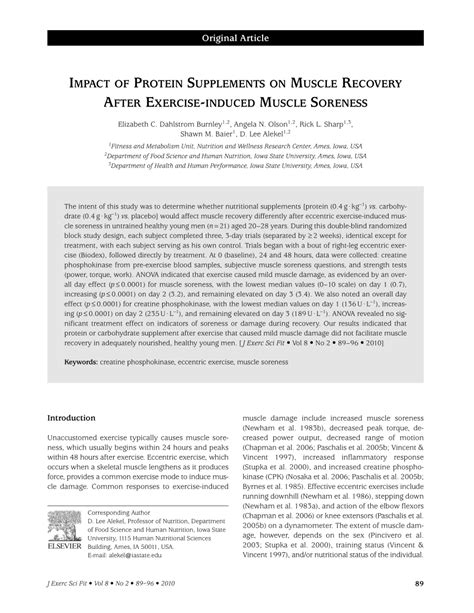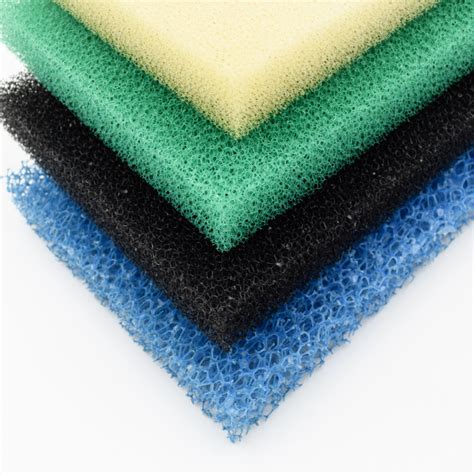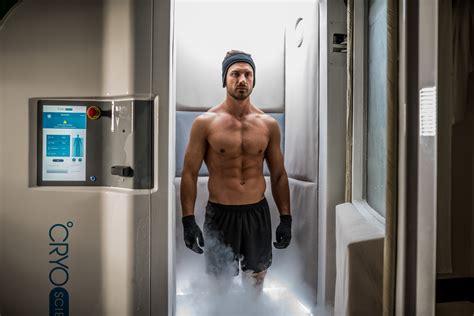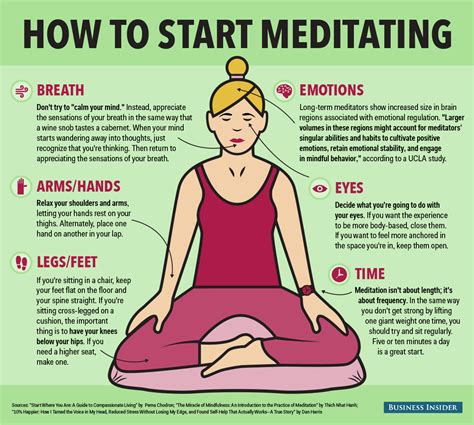Beyond protein, what advanced recovery strategies maximize muscle repair for peak daily performance?

While protein is undeniably the cornerstone of muscle repair, a truly optimized recovery regimen extends far beyond a post-workout shake. For athletes and fitness enthusiasts striving for peak daily performance, delving into advanced recovery strategies can unlock new levels of adaptation, reduce soreness, prevent injury, and ensure you’re ready to tackle each day with full vigor. Let’s explore the cutting-edge tactics that go beyond the basics to supercharge your muscle repair and overall well-being.
The Power of Sleep Optimization
Sleep is arguably the most potent recovery tool at our disposal. It’s during the deep stages of sleep, particularly slow-wave sleep (SWS) and REM sleep, that the body secretes the majority of its daily Human Growth Hormone (HGH), essential for tissue repair, muscle growth, and fat metabolism. Insufficient or poor-quality sleep directly impedes these vital processes, leaving you under-recovered and susceptible to diminished performance and injury.
To optimize your sleep for recovery, focus on consistent sleep schedules, even on weekends. Create a cool, dark, and quiet bedroom environment. Avoid screens and stimulating activities at least an hour before bed, and consider winding down with relaxation techniques like reading or meditation.

Targeted Nutrition: Beyond Macronutrients
While protein, carbs, and fats form the foundation, micronutrients and strategic timing play a crucial role in advanced recovery. Electrolytes like magnesium, potassium, and sodium are vital for nerve function, muscle contractions, and maintaining fluid balance—all critical for efficient recovery and performance. Deficiencies can lead to cramping, fatigue, and impaired cellular function.
Furthermore, incorporating anti-inflammatory foods can significantly reduce exercise-induced inflammation, accelerating repair. Focus on sources rich in omega-3 fatty acids (salmon, flaxseeds), antioxidants (berries, leafy greens), and compounds like curcumin (turmeric). Beyond just what you eat, when you eat also matters. Nutrient timing, particularly consuming carbohydrates and protein post-workout, helps replenish glycogen stores and initiate muscle protein synthesis rapidly. Spreading protein intake throughout the day in smaller doses can also maximize muscle repair signals.

Active Recovery and Mobility Work
Rest doesn’t always mean complete stillness. Active recovery, involving low-intensity movement like walking, cycling, or swimming, can be highly beneficial. It promotes blood flow, which helps deliver oxygen and nutrients to damaged muscles while flushing out metabolic waste products like lactic acid, reducing delayed onset muscle soreness (DOMS).
Pair active recovery with dedicated mobility work. Stretching, foam rolling, and dynamic movements improve flexibility, increase range of motion, and release myofascial restrictions that can hinder proper movement patterns and cause discomfort. Regular mobility sessions can prevent imbalances and improve the efficiency of your workouts.

Advanced Recovery Modalities
The world of recovery science offers several cutting-edge modalities to complement your efforts:
- Cold Therapy: Ice baths or cryotherapy reduce acute inflammation, constrict blood vessels, and numb nerve endings, offering immediate pain relief and potentially speeding up recovery from intense exercise.
- Heat Therapy: Saunas or hot baths, on the other hand, promote blood flow, relax muscles, and can aid in stress reduction and detoxification.
- Compression Garments: These can improve circulation, reduce muscle oscillation during exercise, and potentially aid in waste product removal post-exercise.
- Percussion Therapy (Massage Guns): These devices deliver rapid bursts of pressure to muscle tissue, helping to release knots, increase blood flow, and improve flexibility, much like a deep tissue massage but often more accessible.

Stress Management and Hormonal Balance
Chronic psychological stress can be as detrimental to recovery as physical stress. Elevated cortisol levels, the body’s primary stress hormone, can interfere with muscle protein synthesis, increase inflammation, and disrupt sleep. Managing stress effectively is a non-negotiable component of advanced recovery.
Incorporate stress-reducing practices into your daily routine: meditation, mindfulness exercises, deep breathing techniques, spending time in nature, or engaging in hobbies you enjoy. Balancing your body’s hormonal environment by reducing chronic stress will significantly enhance your ability to repair and adapt to training stimuli.

True recovery is a multifaceted endeavor, moving beyond the singular focus on protein intake. By strategically integrating sleep optimization, targeted micronutrition, active recovery, advanced modalities, and effective stress management, you create a holistic environment for your body to not only repair but also adapt and grow stronger. Embrace these advanced strategies to unlock your full potential, achieve peak daily performance, and sustain a high level of fitness for the long term.








